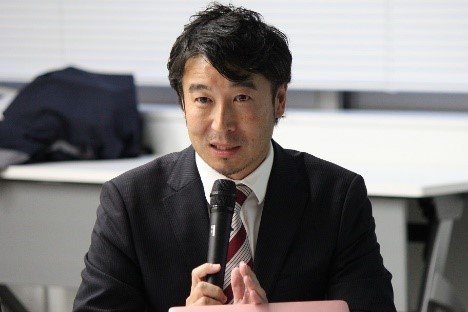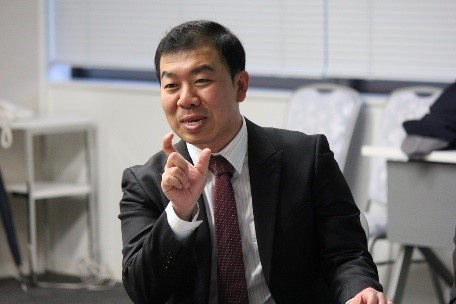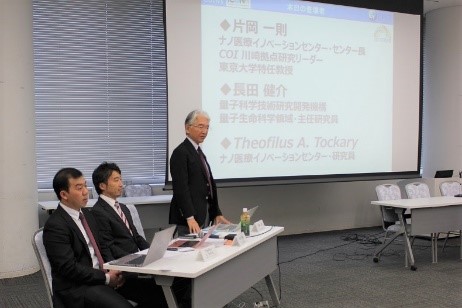
A novel technology has been developed to convert the double helix structure of DNA into a single strand of DNA (ssDNA), roll it into a compact form, and encapsulate it inside a smart nanomachine.




A novel technology has been developed to convert the double helix structure of DNA into a single strand of DNA (ssDNA), roll it into a compact form, and encapsulate it inside a smart nanomachine. The research results were published in the world-renowned ACS Nano, which boasts an impact factor of 13.9.
Using the developed technology, ssDNA coding an enzyme that synthesizes 5-fluorouracil (5-FU) from its precursor 5-fluorocytidine (5-FC)?which is highly cytotoxic and is used clinically as an anticancer agent?was compactly rolled and encapsulated inside smart nanomachines. These smart nanomachines were intravenously injected into mice to be delivered to the pancreatic tumors where they produced highly cytotoxic 5-FU, demonstrating that even a small ssDNA that has been rolled into a compact shape remains fully functional inside cancer cells. Delivering genes to the deepest parts of cancer tissue is not easy because the stroma acts as a barrier in refractory cancers such as pancreatic cancer.
With this new technology, progress toward new treatments for intractable cancer is expected. There are limits to the size of genes that can be loaded into the viral vectors most commonly used in gene therapy. However, this nanomachine technology makes it possible to load DNA of sizes that had previously been considered impossible. Consequently, the range of conditions that can be treated with gene therapy will be greatly expanded.
At the press conference held at Kawasaki Chamber of Commerce on Friday, October 25, Prof. Kazunori Kataoka, Director-General of iCONM, Dr. Kensuke Osada, senior scientist of QST and Dr. Theofilus A. Tockary, research scientist of iCONM announced the details of their research result. There was active discussion with journalists from science department of the general newspaper and journalists from bio-specialized magazines who are familiar with gene therapy.
This research was carried out in collaboration with the Quantum Science and Technology Research Organization with the support of JST gCenter of Innovation (COI) Programh gSakigakeh and JSPS gScientific Research Grantsh and gResearch Center Formationh.





